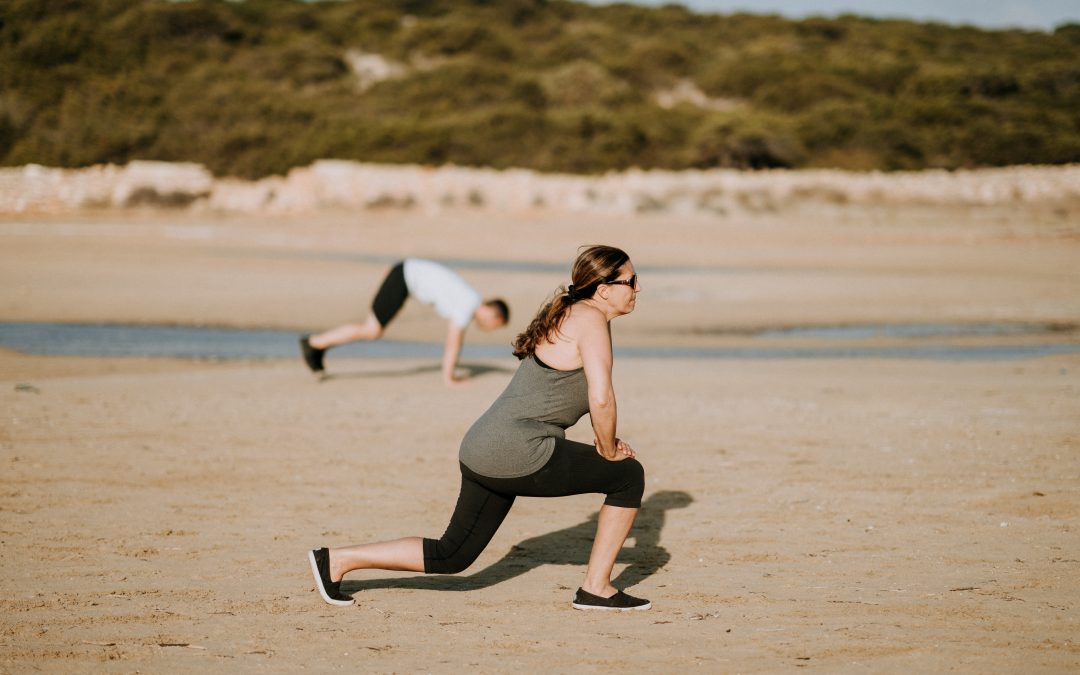In previous posts, we’ve learned about gait dysfunctions, what symptoms to look for, and how those deviations can be identified using gait analysis tools, such as the Zeno Walkway Mat and PKMAS software. Now, we’re going to focus on the next non-surgical steps after identification.
Observational vs. Data-Driven Analysis
While observational gait analysis can be the first step, it most certainly shouldn’t be the last. Observational analysis can lead to poor validity, reliability, responsiveness, and precision. A more in-depth study allows for objective measurements to accurately track gait function over time and comparison. With that in mind, we’re going to assume that you already performed a quantitative gait analysis on the patient, such as using the Zeno Walkway Mat and PKMAS software.
A Physical Therapy Plan
Since physical therapy can play a significant role in your patient’s gait recovery, they should seek a board-certified clinical specialist skilled in gait dysfunction treatment. Once a physical therapist is decided on, he/she will work with your patient to develop a treatment plan. That treatment plan can consist of:
Pre-Gait Training
Activities and exercises, such as standing and lifting a leg in place, stepping in position, and initiating heel to ground contact, can help your patient understand how to improve his gait.
Gait Training
Do you know the saying, “You better use it or you’ll lose it?” Chances are, if your gait’s off, you may need a crash course in walking correctly. Also, your therapist might add a touch of balance and coordination exercises to the mix to achieve stability.
Neuromuscular Reeducation
When you have difficulty with inactive muscle groups, your physical therapist can implement reeducation techniques to reactivate them, such as balance, core control, and therapeutic exercises that help rebuild muscle memory.
Bracing or Splinting
Sometimes you may need a little additional assistance in the form of adaptive equipment, especially when your gait dysfunction could be due to a weakness or paralysis of specific muscles or muscle groups. Using a brace or splint can help with walking, improve gait pattern to minimize damage to the braced joint as surrounding joints, and also can help further the healing process.
